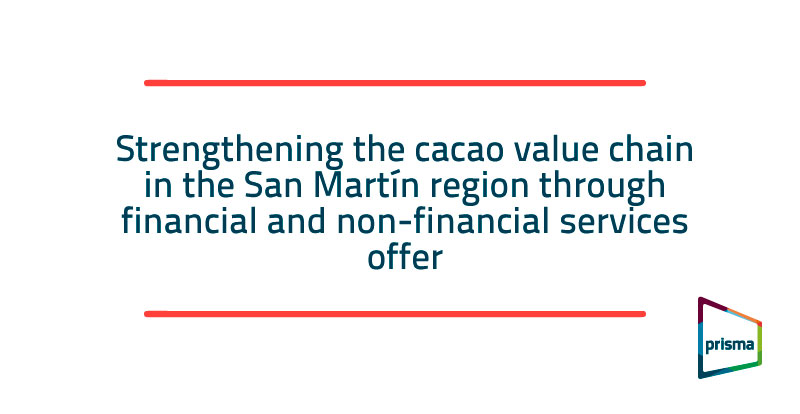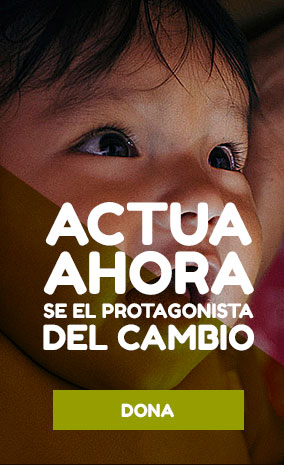
There are growing organizations of cacao producers that collect dry gains and mucilaginous pulp (baba de cacao) and that are just entering international markets, but their main clients are exporting companies or representatives of international companies. These organizations can’t self-sustain, part of their administrative expenses is subsidized by national or international cooperation projects. In some cases, the manager and administrative personnel are paid by projects.
They don’t have technical personnel to provide technical assistance or training to their members; they don’t have financial resources of their own for collection of cacao or make deliveries in advance to their partners.
The project aims at creating groups of farmers, in collaboration with the selected cacao producers’ associations, to work in each of the four key activities of plot maintenance: pruning, fertilization, weeding and disease control. In order to do that, leaders of each association were selected. Each leader created a group of 10 to 15 farmers, all located in the same geographical zone. The group is the base of a system that provides mutual help to work together on the maintenance of the plots identified by the partners (one plot per partner). For each new activity (for example, pruning trees) there will be a demonstration of the optimal action/technique for the rest of the group in the plot of the leader. The demonstration is carried out by a person expert on that activity (technical coordinator of the project, technician of the Cacao Alliance or a lead producer of the project after verification of the skills). After the demonstration, the group will apply in the plot of the leader what they saw, before reproducing the technique in the field of other partners of the group and so on until the job is done in all the plots of the partners. The hypothesis of the project is that the producers will learn the technique when reproducing it. It is expected that this system will provide a solution to the lack of workforce observed in the region for agricultural activities.
GOAL: Improve the income levels of the cacao producers in the action zone of COOPAC MF Prisma and improve their quality of life.
Source of funding: Appui au Développement Autonome (ADA).
Scope of intervention: 750 cacao producers, organized in 75 groups of chova chova.
Duration: January 2020 – December 2021.
Expected Results:
- The chova chova model formalization allows the deployment and replica of the model through the collaboration with different actors in the cacao value chain.
- The small cacao producers of San Martín have access to the credit Prisma Farming and to the AT (chova chova mutual help system) through an integrated high-quality service.
- The COOPAC shared the product and has a healthy and profitable portfolio.
- The support model to small producers is managed with efficiency.
Achievements:
- 365 producers gathered in 39 chova chova groups which carry out chova chova activities.
- Farmers participating in the chova chova groups have seen their production has improved. Those only participating in chova chova activities with technical assistance saw an increase of 39%. Producers participating in chova chova groups with technical assistance and credit saw a 55% increase.

